In October and November 2013, the EDGE Programme delivered its fourth EDGE Conservation Tools Training Course at Camp Tsavo in Kenya. The course was attended by eight participants, including 6 successful applicants to the EDGE Fellowship programme and two local participants.
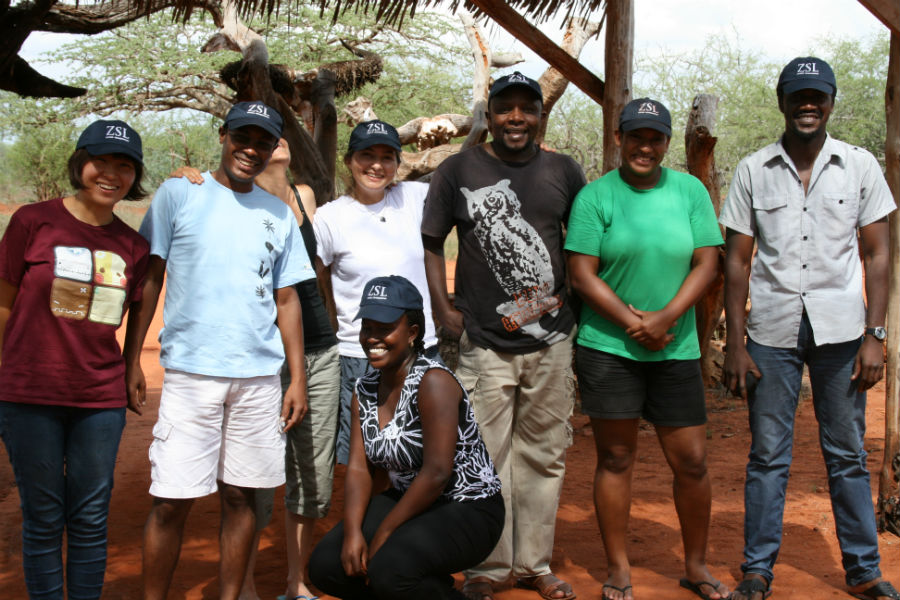
EDGE Conservation Tools training course 2013
Each year, as part of the EDGE Fellowship programme, ZSL runs an EDGE Conservation Tools training course, bringing together early-career conservationists from around the globe working on mammal, amphibian and coral EDGE species. © Olivia Couchman / ZSL
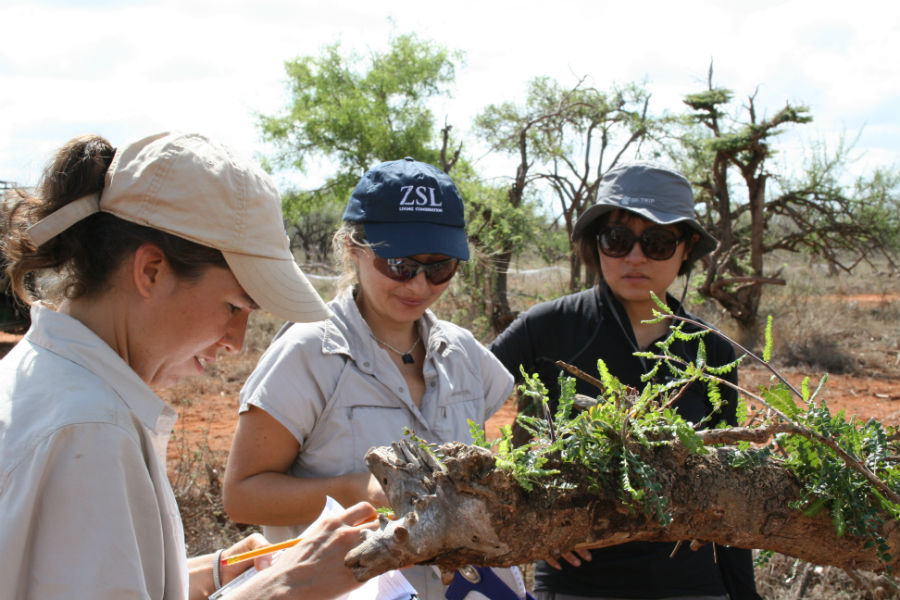
EDGE Conservation Tools training course 2013
Based within Rukinga Sanctuary, in 2013 six international and two Kenyan participants joined experts from ZSL for four action packed weeks of intensive training in the tools required to design, implement and manage successful conservation projects. © Olivia Couchman / ZSL
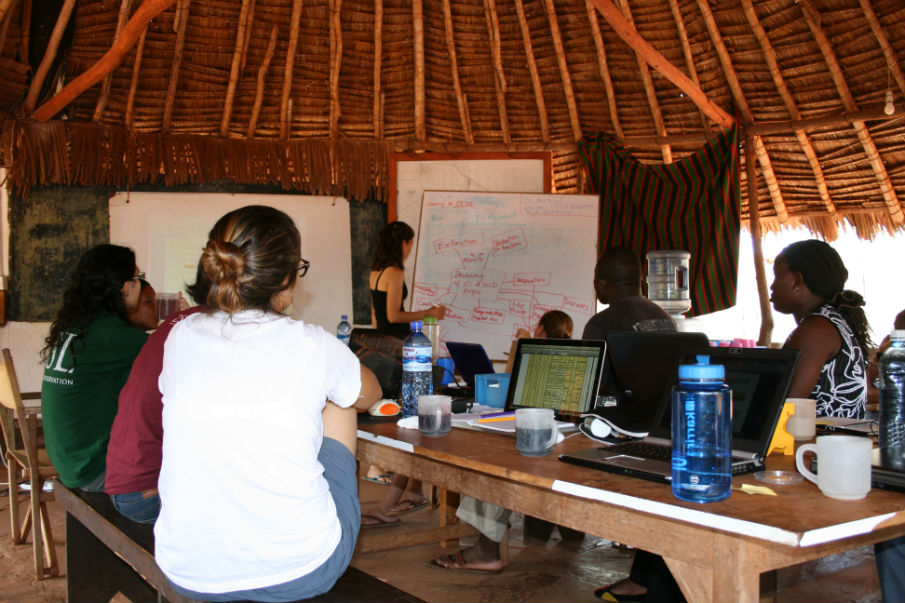
Course outline
Through a series of lectures, hands-on practicals and assessments, participants were taught core modules: the principles of conservation biology, ecological monitoring, social science surveying techniques, and applied conservation action. © Olivia Couchman / ZSL
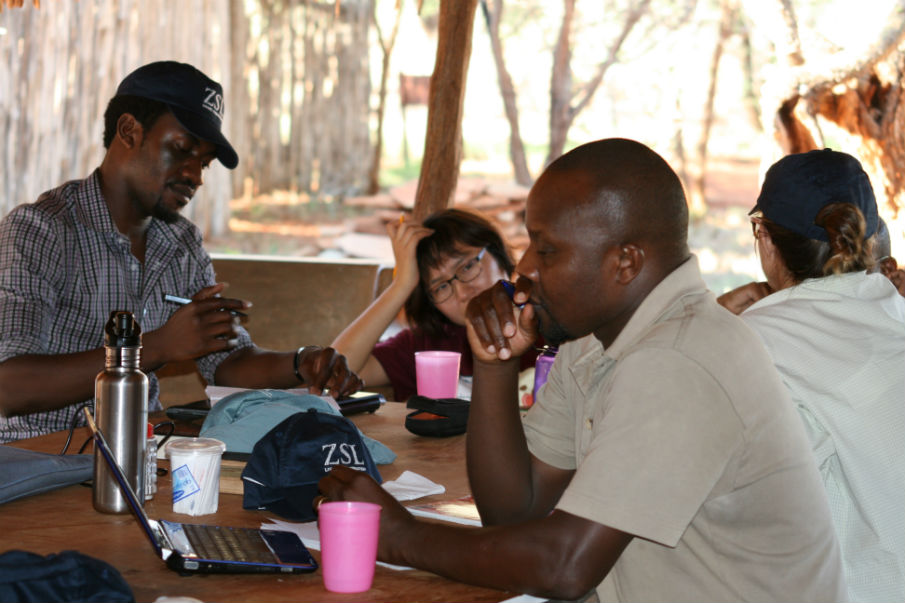
Getting to grips with GIS
Participants had the opportunity to learn and apply a vast array of new statistical tools. © Olivia Couchman / ZSL
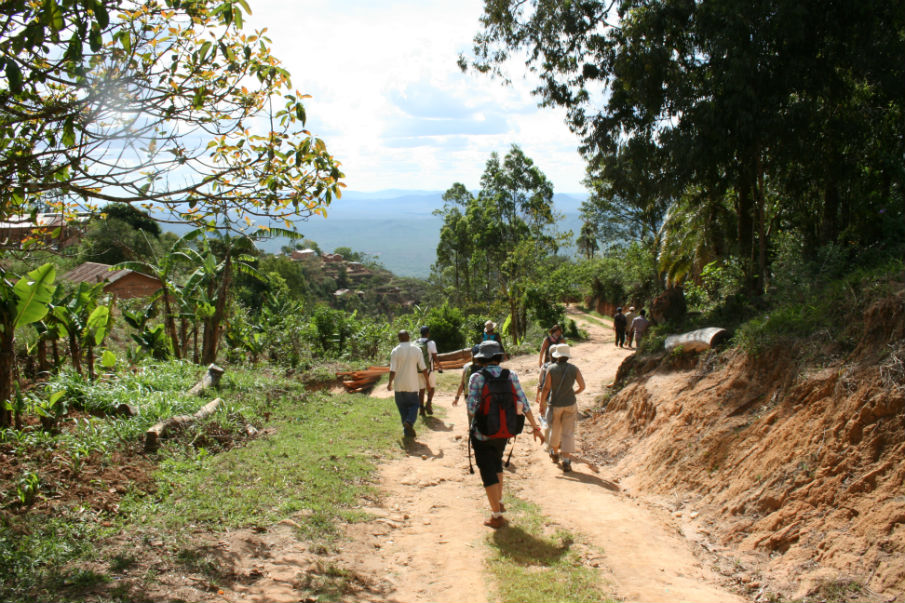
In search of an EDGE species
As a break from the classroom, the participants had a chance to visit a ZSL supported project in Sagalla hills. Taita Taveta Wildlife Forum kindly took us to the site of an EDGE species, the Sagalla caecilian, sadly there was no sign of this endemic species. © Olivia Couchman / ZSL
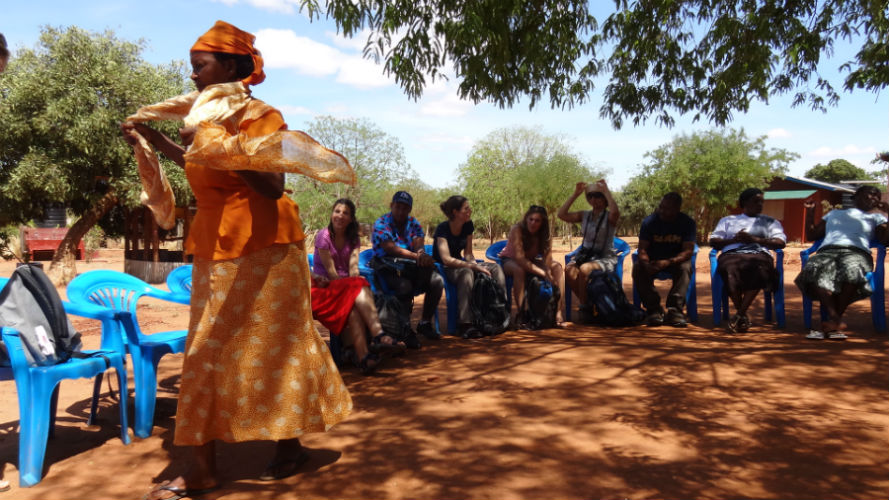
Community-led initiatives
A visit to a local women’s group enabled the participants to learn more about community-led initiatives in Kenya and think creatively about the applicability of some of the principles to their own projects. © Olivia Couchman / ZSL
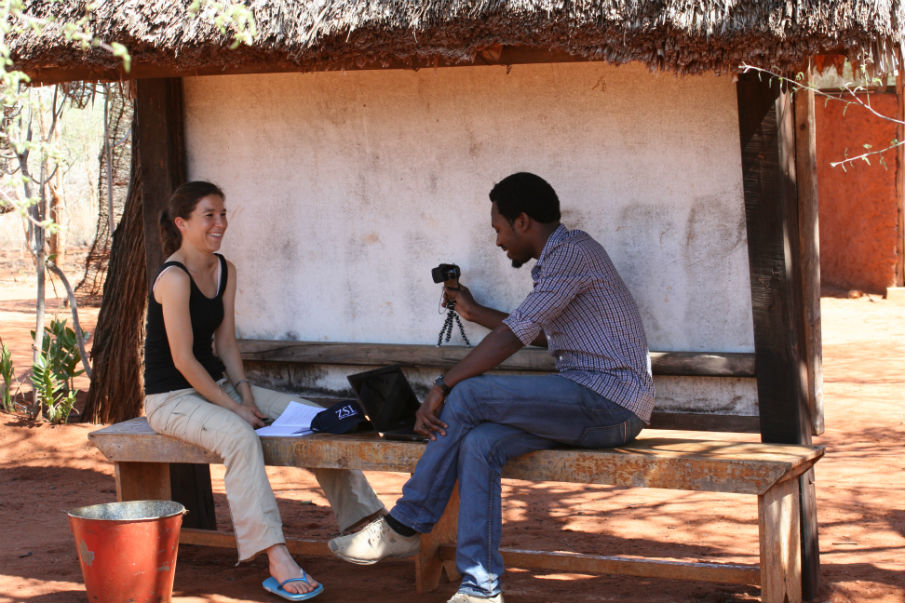
Lights, camera, ACTION!
To practice the communication training that they were given, each participant underwent a series of interview scenarios. © Olivia Couchman / ZSL
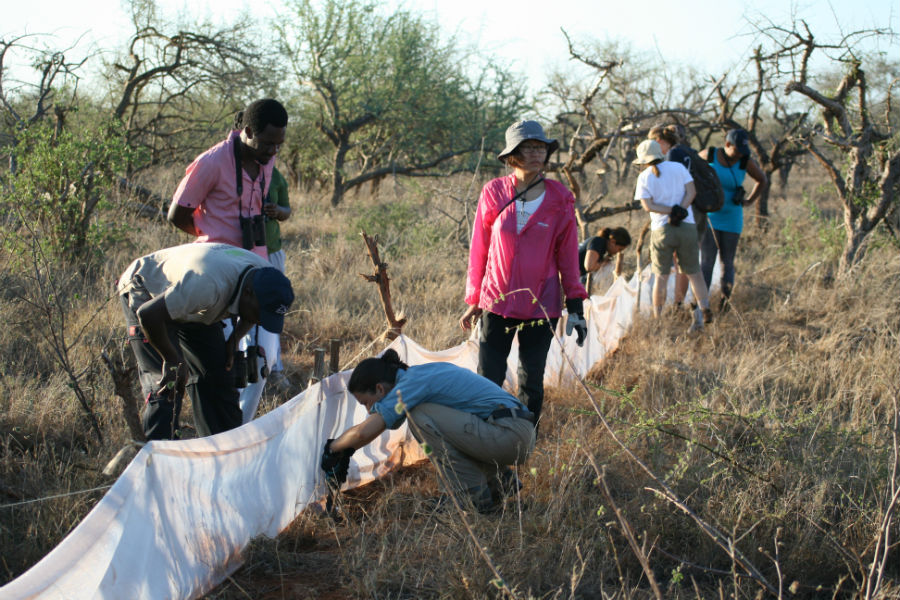
Rukinga Sanctuary
Towards the end of the course, the participants undertook a week of intensive fieldwork within Rukinga Sanctuary… © Olivia Couchman / ZSL
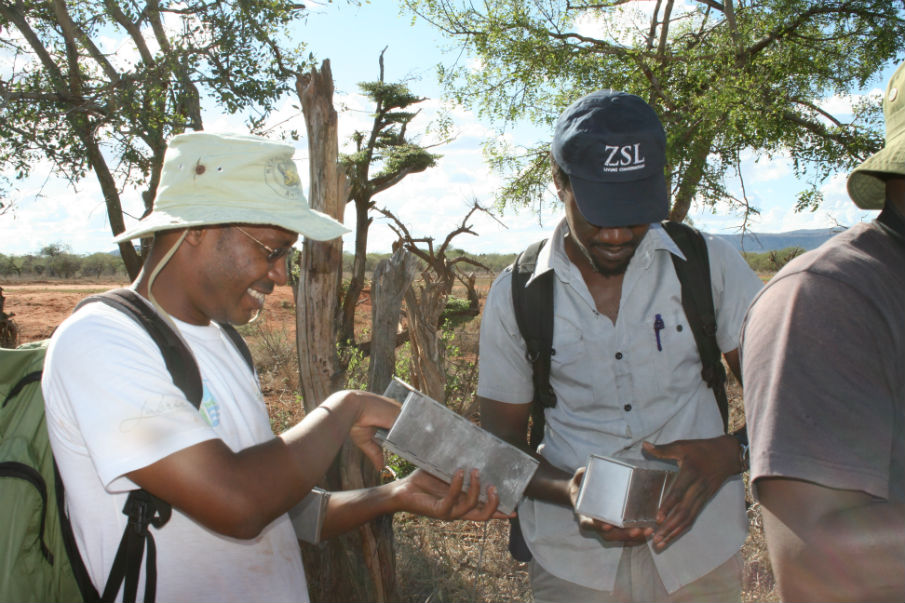
Small mammal surveys
In the acacia dominated land of Rukinga Sanctuary small mammal surveys were carried out using Sherman traps. Early each morning the traps, which were baited the night before, were checked for mammals. When the animals were caught, they were identified and biometric measurements taken before being released back into the wild. © Olivia Couchman / ZSL
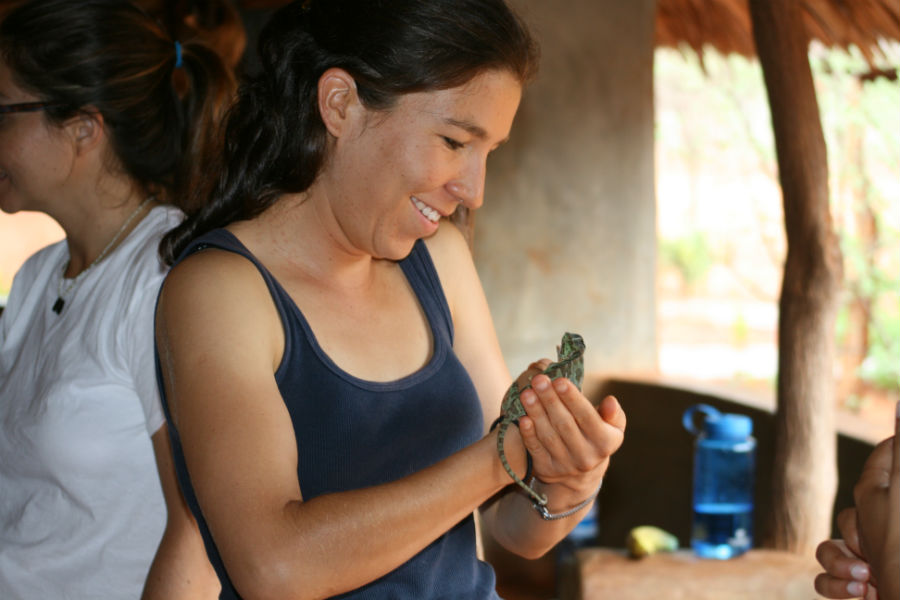
Herpetofauna surveys
Herpetofauna surveys were carried out in and around camp. As with the small mammals, when the animals were caught, they were identified and biometric measurements taken before being released back into the wild. © Olivia Couchman / ZSL
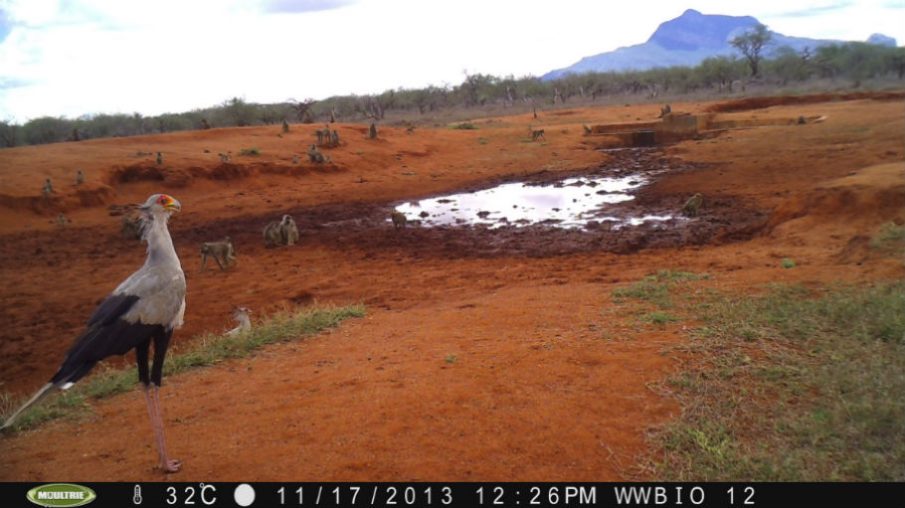
Camera trapping
Another field skill developed during the course was setting up and analysing camera trap data. Among the photos of warthog, eland, and elephants was the spectacular Secretary bird. © Wildlife Works
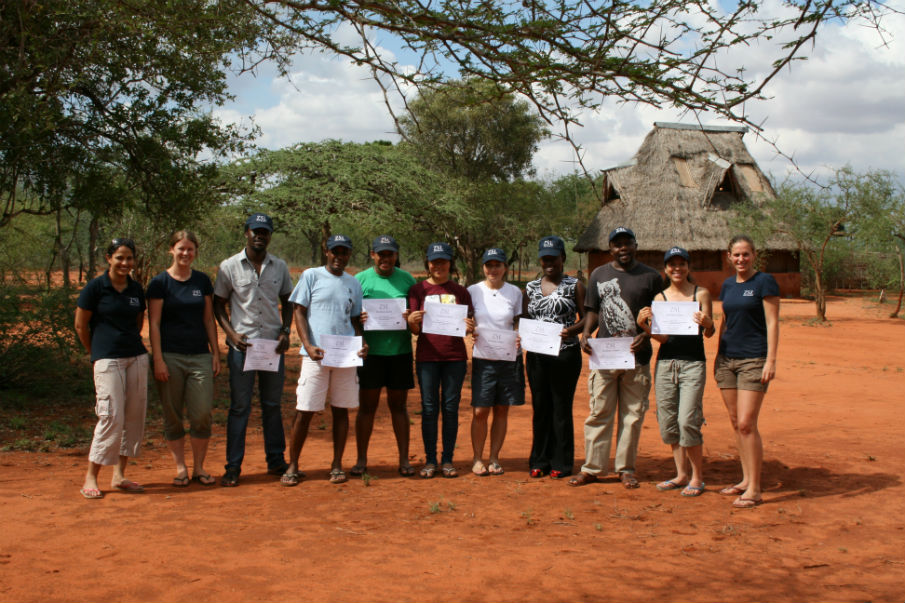
Congratulations!
All of the participants successfully completed the training course and were presented with certificates to mark their achievements. The EDGE team is now working with the course participants to develop their EDGE Fellowships. If you are interested in attending the next training course and becoming an EDGE Fellow, please contact fellows@edgeofexistence.org. © Olivia Couchman/ ZSL